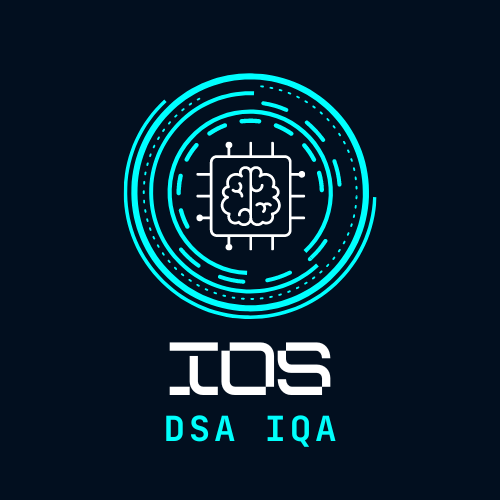We can categorise types into two main groups: Value types and Reference types in Swift. The distinction between them is crucial because it affects how data is managed, copied, and passed around in your code.
1. Value Types:
Examples: Structs and Enums
Characteristics:
- Instances of
value typesare copied when they are assigned to a newconstantorvariable, or when they are passed as arguments tofunctionsormethods. - Each instance of a
value typehas its own copy of the data. - Changes to one instance do not affect other instances.
- Immutability can be easily achieved by using the
letkeyword.
When to Use:
- For small, simple data types that don’t have a complex lifecycle.
- When you want a copy of the data to be independent of the original.
Example of a value type (struct):
struct Point { var x, y: Int }
2. Reference Types:
Examples: Classes, Closures
Characteristics:
- Instances of
referencetypes are not copied when they are assigned to a newconstantorvariableor when they are passed as arguments tofunctionsormethods. Instead, a reference to the same instance is used. - All references point to the same instance, so changes made to the instance affect all references to it.
Reference typeshave a more complex lifecycle, including issues likeretain cycles.
When to Use:
- For larger, more complex data types that have a more intricate lifecycle.
- When you want changes to one instance to be reflected in all references to that instance.
Example of a reference type (class):
class Person { var name: String init(name: String) { self.name = name } }
Choosing Between Value and Reference Types:
- Use value types when you expect instances to be relatively small and independent or when you want to avoid issues related to shared state.
- Use reference types when you want instances to be shared among different parts of your code, and you want changes to be reflected in all references.
In Swift, the standard library heavily uses value types, and it’s often recommended to prefer them when possible due to their simplicity and safety. However, there are cases where reference types are more appropriate, such as when dealing with shared mutable state or complex object graphs.
